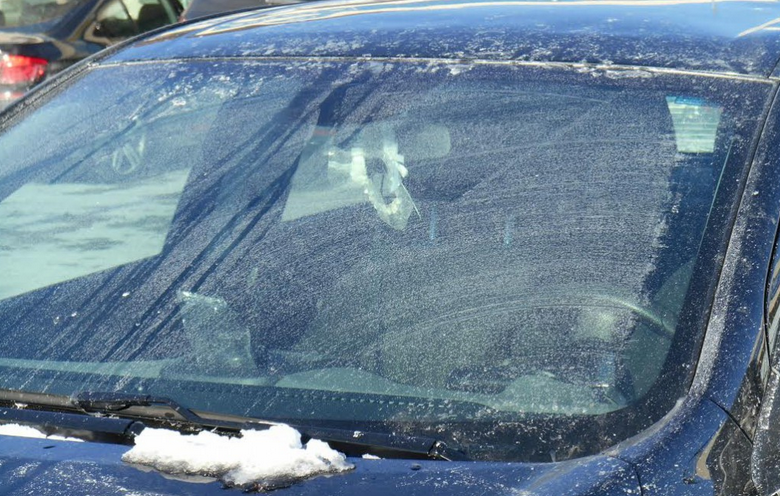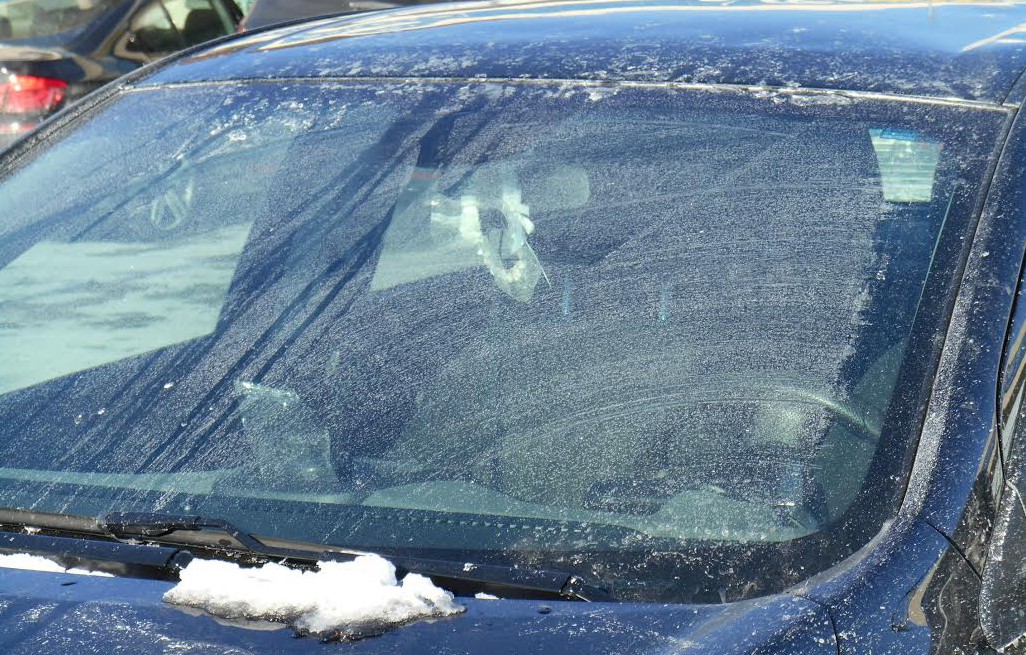
Actually, the following is just a theory. But it’s based on information that at least makes it feasible.
Frozen Windshield Washer Fluid
In my garage are two ancient bottles of washer fluid – both rated to -20 degrees F – that were decidedly slushy this morning. Yet the thermometer in the test car parked nearby read + 7 F.
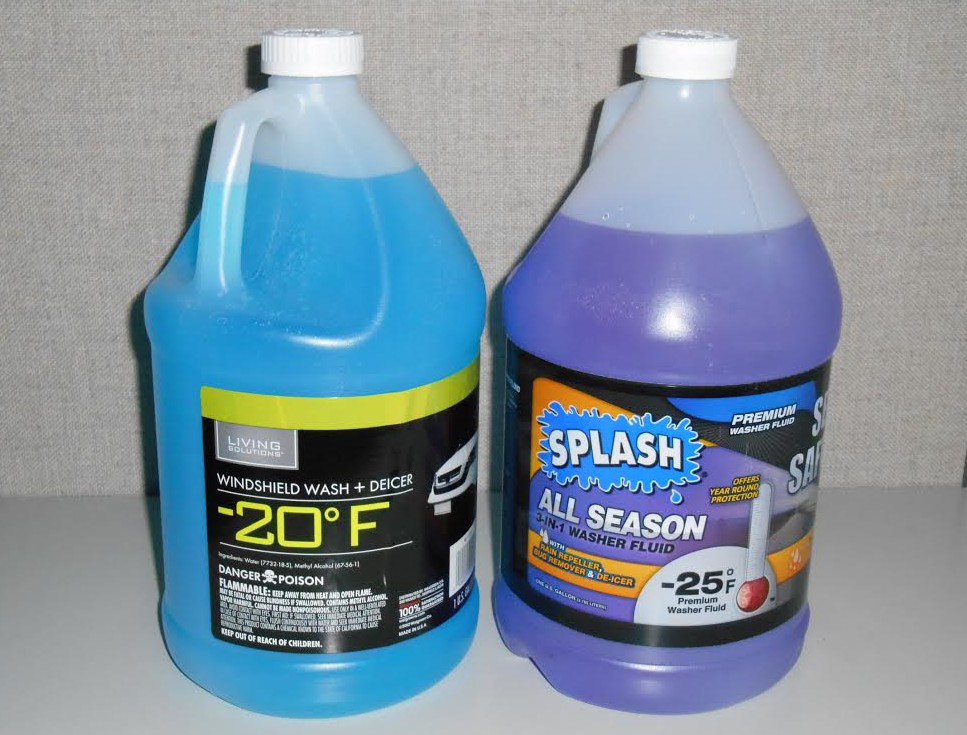
What made me check this is that several folks I know have complained that their washer fluid – rated to -20 F – froze in Chicago’s recent cold snap. And while it was decidedly frigid here, it certainly never got to 20 below. So I started doing some research.
Since straight water freezes at 32 degrees F, something has to be added to winter washer fluid to lower the freezing point. That “something” is commonly methanol, a poisonous alcohol made from wood.
According to info I found through a Google search, straight methanol freezes at about -145 F. However, when mixed with water, that quickly rises; a mix that freezes at -20 F would be about 33% methanol.
But the question is, why would that be slushy at +7 F?
For some insight, I contacted my friend, “Chemical Bob,” a retired chemical engineer. (Because discussing all my “Bob” friends can be confusing, I refer to them by their occupations: Chemical Bob, Digital Bob, and Mechanical Bob.) Bob theorized that the methanol in the mix may have evaporated over time (both bottles had been opened and were sitting in the garage for at least a decade), and that’s why the mix froze. Further research made this look like a feasible theory.
What is the Difference Between 4WD and AWD?
Seems that the 33% mix that freezes at -20 F also vaporizes at about 90 degrees F, a temperature my garage can easily get to in the summer – and more to the point of this discussion, a temperature that could easily be reached under the hood of a car. So it seems possible that washer fluid that has been in your car for a while has lost methanol due to evaporation—thus lowering its freezing point.
What to do about it? Well, putting in new washer fluid rated to the lowest temperature you can find is probably the easiest solution. (Around here, commonly -20 but some goes to -35.) However, if there’s some of the old fluid left in the reservoir, that’s going to dilute the new fluid. So it’s probably a good idea to spray most of the old fluid out before adding the new stuff. And then spray some more so that you clear the old fluid out of the lines and nozzles, or the new stuff will never get to the windshield.
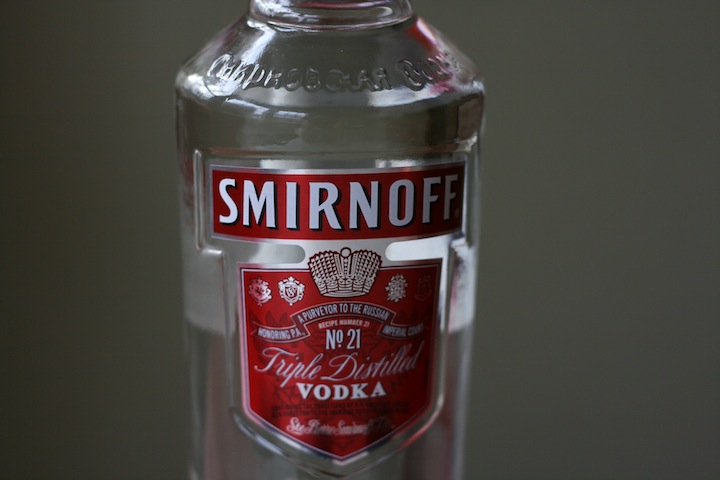
There are also suggestions on the internet that you could add methanol or isopropyl (rubbing) alcohol to the current mix, but there might be some potential problems. HEET-brand gas-line antifreeze (and probably others) are mostly methanol, so you could pour in some of that. But there’s some concern that if you get it too strong, it may harm the car’s paint. Or you could use isopropyl alcohol, but besides a similar concern over damaging the paint, you’d need to use the stronger 91% mixture, as the more common 60% mix freezes at only about -10 F. In both cases, this would probably be more expensive than just buying new fluid.
3 Easy Ways to Prepare Your Car for Winter
If the washers are already frozen, you can drive to where there’s an electric outlet and use a hair dryer to thaw the nozzles, lines, and tank until you can get fluid to squirt out. Then add the new fluid and squirt some more to clear the lines.
As I said up front, this is just a theory. If you have your own – or any other suggestions – we’d love to hear them. Because here in Chicago, at least, it’s destined to be a very cold winter.
Read ‘Surviving the Polar Votex: Lessons from a Winter Wonderland’ here
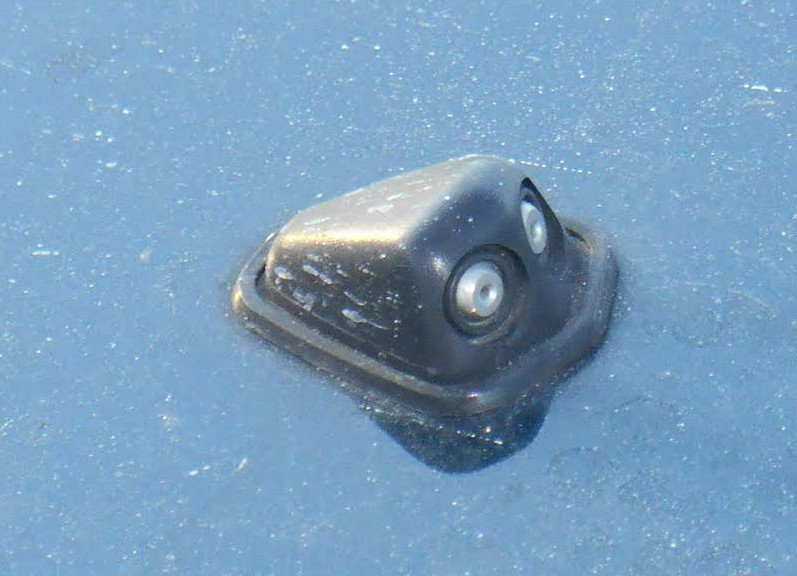
Just Go! 10 Essential Rules of Drive-Thru Etiquette
Listen to the very entertaining Consumer Guide Car Stuff Podcast
Frozen Windshield Washer Fluid

